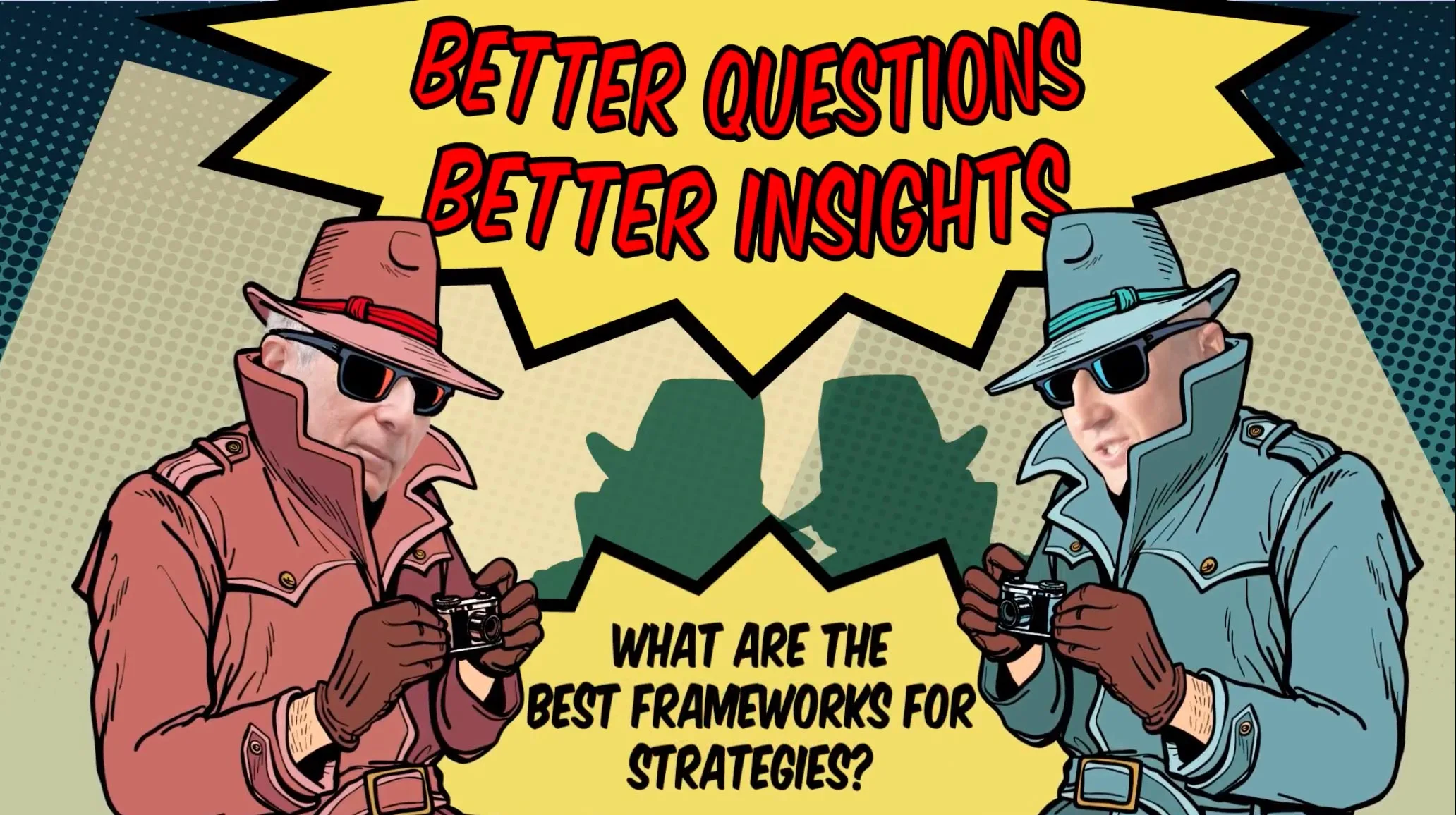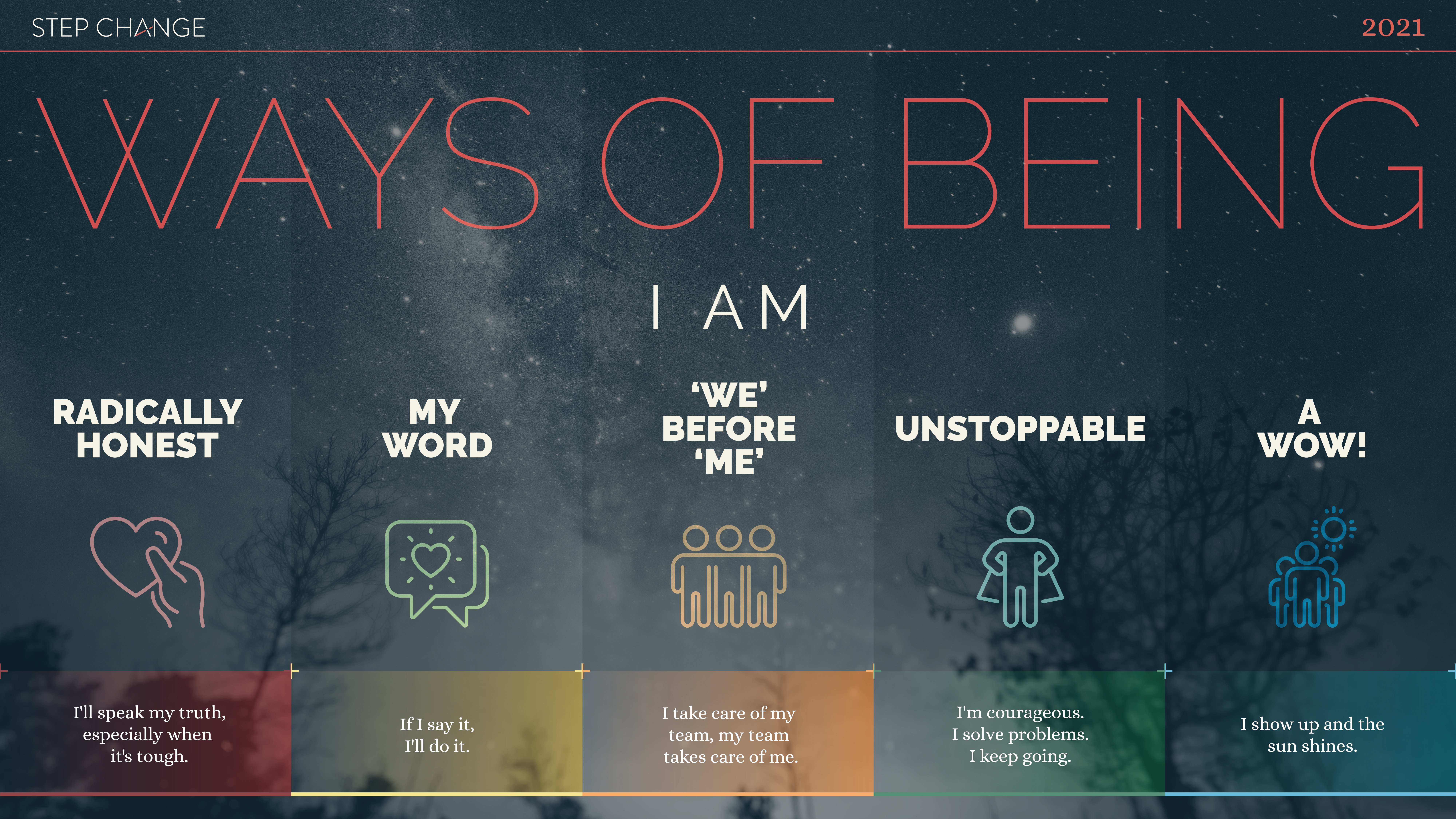If you think that email marketing is dead and that using email to reach your audience is an outdated approach, here are some statistics to prove that it’s here to stay and it’s not slowing down anytime in the future.
- By 2027, the email marketing revenue will be $17.9 Billion worldwide (Statista)
- 33.33% of the email marketers, send weekly emails to their subscribers (DataBox)
- 37.9% of the users, check their inbox more than 3-5 times/day (Hubspot)
- For every $1 you spend on email marketing, it generates $38 in return (that’s a 3,800% ROI!) (Campaign Monitor)
To ensure your email marketing efforts drive great results for your business, you need to pay close attention to your email marketing metrics.
Email Marketing Revenue Growth - Statista


.jpg?width=995&height=2981&name=email_marketing_metrics-100_(1).jpg)
1. Click-through Rate (CTR)
This metric tells you the percentage of email recipients that have clicked on a link in your email. It tells you how engaged your target audience is, and lets you know if your email can compel your subscribers into action.
If you have a high CTR, this means your email is effective and your email content is engaging and relevant.
This is the top-performing indicator to measure the effectiveness of your email marketing efforts.
Formula:
CTR = (# of clicks ÷ (# emails sent – bounces)) * 100
For example, you sent an email to 500 subscribers asking them to sign up for an in-house event. Of the 500, 25 bounced and 15 clicked on the link to the landing page, the equation will look like this:
CTR = 15 clicks ÷ (500 emails sent – 25 bounces) * 100
CTR = 3.16%
If you feel that this rate is low, you need not worry: In an IBM study in 2016 on email marketing metrics, the mean email click-through rate for businesses in Australia and New Zealand is 5.1%. So if your CTR’s average is 2% or 3%, you’re doing better than most!
To improve your click-through rate:
- Make your subject line clickable. If more people are compelled to open your marketing emails, then more people are able to see the content. With that, the chances of them clicking through your links are higher too.
- Test your content. Do your subscribers like long emails? Or do they prefer concise content? Are they likely to open an email that’s from your CEO, or are they okay with an email addressed from your company? Notice the kind of emails they click as well. Are they interested in sales-focused emails or blog newsletters or company news? You also need to test your call-to-action buttons. Are they likely to click a blue button? Or a red one? Do they prefer linked texts?
2. Conversion Rate
The conversion rate reflects the percentage of email recipients who clicked on a link within your email and took the action you wanted them to take.
Let’s go back to the example where you sent an email inviting your subscribers to attend your event. Those who converted would be those who actually filled out a form in your landing page to get their invitation.
Formula:
CR = (# of unique emails resulting in a conversion ÷ (# of emails sent – # of emails bounced)) * 100
So in our example where you sent an email to 500 subscribers asking them to sign up for an in-house event. Of the 500, 25 bounced and 10 clicked on the link to the landing page, the equation looks like this:
CR = (10 ÷ (500–25)) * 100
CR = 2.10%
To improve your conversion rate:
- Make sure your emails are optimised for mobile. The trend these days is that more people are opening their emails on their phones. You can focus on the following for mobile optimisation:
- The subject line should be short so that it displays well on mobiles (30–35 characters).
- Break up your text in a way that makes skimming easy. White space is not your enemy.
- Your copy should be short and make use of a single column format.
- Your links and CTAs should be clickable.
- Shorten email load time by reducing the size of your image.
- Segment your email lists. This is a technique where you divide your list into smaller groups to ensure that you are sending highly targeted emails. You can group your list by demographics, preferences, behaviour, or by how they reacted to your emails so far.
3. Bounce Rate
When your email can’t be delivered to a specific email address, this is called a bounce.
A soft bounce is a temporarily unsuccessful email delivery. This happens when there’s an issue with the receiver’s server or the receiver’s inbox is full, among others.
A hard bounce is a permanent delivery failure. This happens when the receiver’s email is invalid or the owner of the email has changed jobs (thus deactivating their emails) or the domain is outdated.
Formula:
BR = (# of bounced emails ÷ # of emails sent) * 100
So in our example above, you sent an email to 500 subscribers; 25 of those emails bounced. The equation should look like this:
BR = (25 bounced ÷ 500 emails sent) * 100
BR = 5%
The lower the bounce rate the better. If you have a rate above that benchmark, you will want to find out what’s wrong and fix it immediately.
To reduce your bounce rate:
- Use captcha. Set up a captcha system on your sign-up forms to prevent bots from making fake sign-ups
- Implement a double opt-in. Here you’re asking your subscriber twice whether or not they want to become part of your mailing list. What this does is confirming that the email address is real and typo-free and that your subscribers agree to receive emails from you.
4. List Growth Rate
This metric measures how fast your email list is growing. Monitoring the health of your email list is essential. HubSpot maintains that email addresses will expectedly go bad over time — with people leaving companies or switching email programs or creating new emails because they forgot the old one.
Formula:
([(# of new subscribers) – (# of unsubscribes + email/spam complaints)] ÷ # of email addresses on your list]) * 100
For example, whilst doing your campaign to invite more people to your in-house event, you gained 50 new subscribers, 26 people unsubscribed, and 3 people marked the email as spam, this is what the equation looks like:
LGR = (50 new subscribers – 26 unsubscribes + 3 email/spam complaints) ÷ 3,000 email addresses on the list * 100
LGR = 0.7%
To proactively grow your email list:
- Create high-quality, relevant content. Whether it’s an email content or a blog article that you share in your newsletter, make sure that the content is helpful and engaging. These kinds of content are more likely to be shared around, thus the chances of gaining more subscribers are high.
- Add a call to subscribe. Encourage your team to add a link to your blog subscription page below their email signatures.
5. Overall Return on Investment
This metric looks at the effectiveness of your email marketing campaign. This shows you the overall return on your investment. This metric is crucial because at the end of the day, what matters is making sure our efforts are adding revenue to the business.
Formula:
% ROI = [($ revenue generated by campaign – $ invested in the campaign) ÷ $ invested in the campaign] * 100
Note that this is just one of the many approaches that marketers can use to calculate for the email marketing ROI. What you will end up using will depend largely on the type of business you’re in.
The in-house event you’ve been promoting was attended by potential clients, and 5of those actually became your clients. With that, a revenue of $20,000 was made, and, the cost of the email campaign was $1000. The equation would look like this:
ROI = [($20,000 revenue – $1000 investment) ÷ $1000 ] * 100
ROI = 1,900% ROI for the campaign
To improve your ROI:
Whilst all the tips I’ve mentioned to improve each metric will definitely help to boost your ROI as well, below is a list of email types that can help boost your ROI.
- Welcome emails
- Educational emails
- Order status emails
- Shopping cart abandonment emails
- Reorder emails
- Re-engagement emails
- Birthday/holiday/anniversary emails
- Newsletters
- Sales announcements
- Event emails
- Website affinity trigger emails
- Lead-nurturing emails
The Bottom Line
The statistics you’ve read above proves that email marketing is here to stay, so if you want to leverage this platform to engage your audience, it’s essential that you know your efforts are not going down the drain. So get going, make improvements to your email analytics, and track your email marketing success.
















